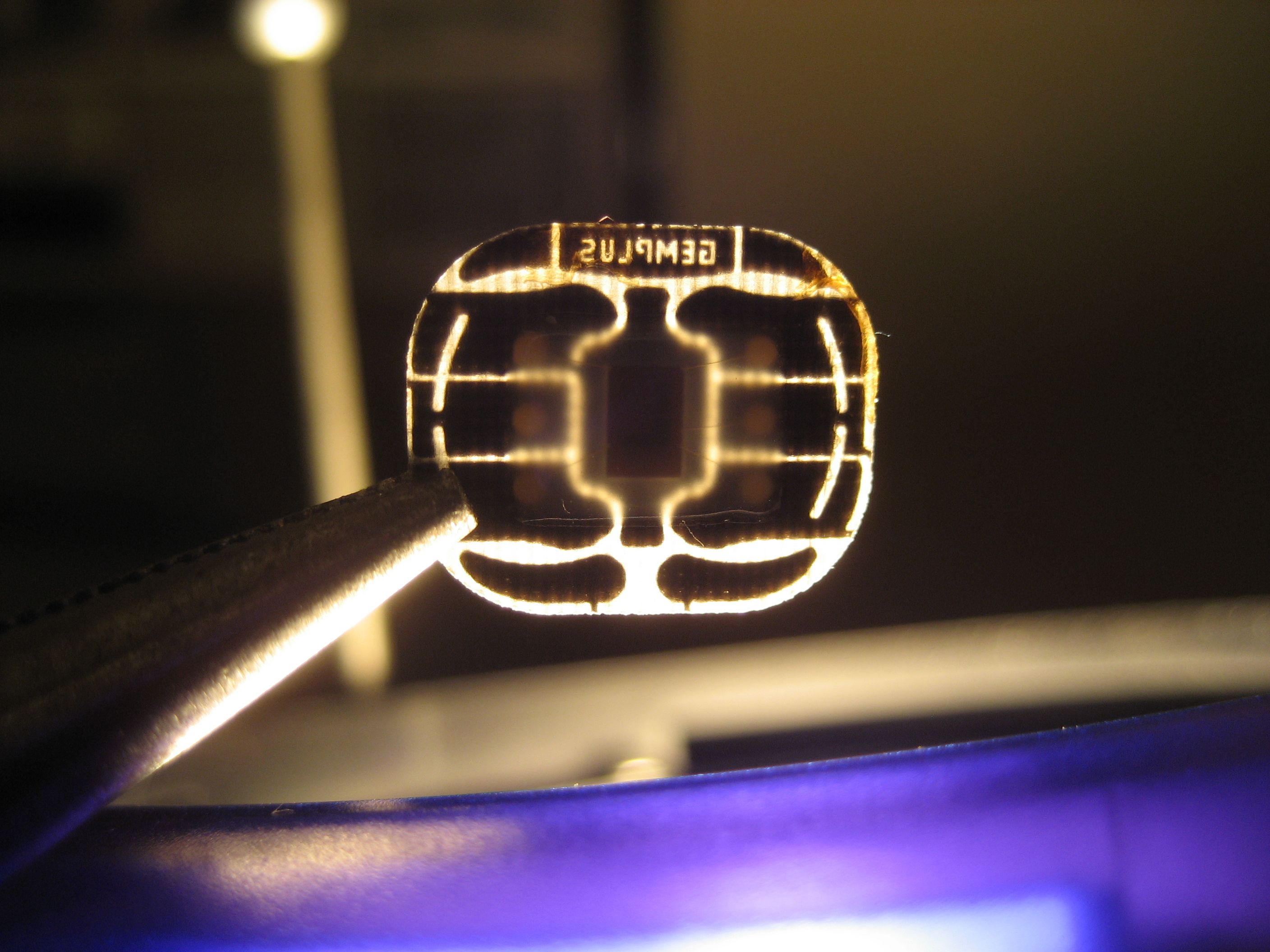Summary
- T-Mobile is bolstering SIM card security to prevent unauthorized attacks, meaning more steps will be required for customers to swap SIM cards.
- The new “Account Change Engine” by T-Mobile vets SIM card swap requests for enhanced security, now requiring text message confirmation.
- As SIM cards go digital, security against SIM swap attacks is evolving.
When you switch mobile service providers, you’re typically required to start using a new SIM card. It’s this tiny piece of technology that houses your identification information as it pertains to the mobile network. While it may not seem like it holds much sensitive data, such personal information has grown in demand among hackers as of late. When your SIM card is in the wrong hands, a bad actor can take possession of your phone number and potentially access accounts requiring two-factor authentication. Now, T-Mobile is stepping up its defense against such attacks.
According to a T-Mobile document obtained by The Mobile Report, the mobile service provider will now require more steps to be taken in order for customers to successfully swap their SIM cards. T-Mobile specifically states in the document that the goal is to prevent unauthorized attacks from happening. While it may seem more complex and time-consuming, customers will ideally benefit from enhanced security.
How T-Mobile is ramping up security
T-Mobile is rolling out what it’s calling an “Account Change Engine,” which is designed to vet requests to swap SIM cards. If the request is not approved by the system, the person who submitted it needs to confirm their identity via text message. Previously, a SIM card change could be initiated via text message to a new line. This extra step will presumably give hackers more difficulty while attempting a SIM swap attack.
As SIM swap hacks ramp up, bad actors may need to refine their protocols — SIM cards themselves are going digital. With more phone manufacturers eliminating ports and slots, the SIM card slot is disappearing as well. Back in 2022, Apple eliminated its SIM card slot with the iPhone 14 series, opting for the new eSIM method instead. This involves the use of a digital SIM card, eliminating the need for a physical card to make SIM switches easier and more seamless. With Android rumored to be leaning toward a digital eSIM future as well, protections against SIM swap attacks could look drastically different in the coming months.






